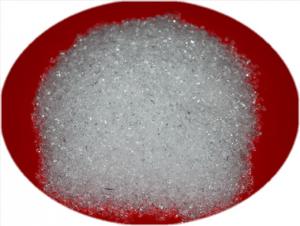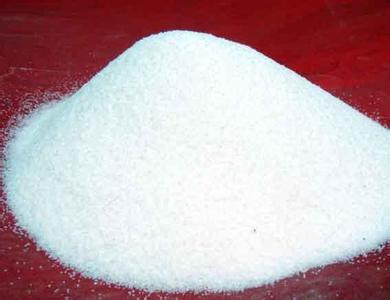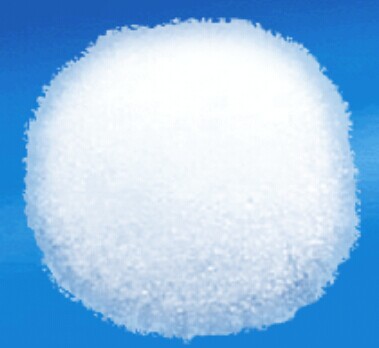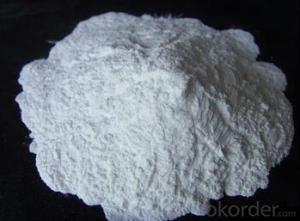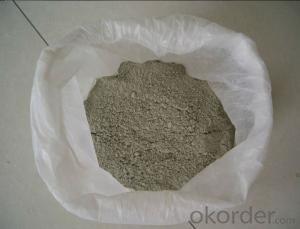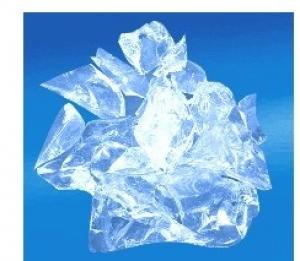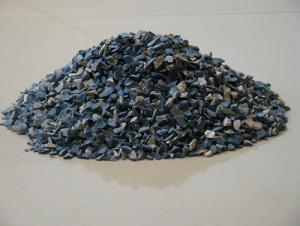Raw Materials for Refractory:Fused Silica 0-1mm
- Loading Port:
- China Main Port
- Payment Terms:
- TT OR LC
- Min Order Qty:
- -
- Supply Capability:
- -
OKorder Service Pledge
OKorder Financial Service
You Might Also Like
PRODUCT INFORMATION | |
Item | Fused Silica Powder |
Size | D50=9~11um |
Application | Epoxy insulation encapsulant material / Epoxy Molding Compound (EMC), Copper Clad Laminate (CCL), Electromagnetism Industry, Electronic Industry, Ceramic Industry, The Aerospace Industry, Glass Industry, Plastics Industry, Grinding Material Industry, Coating Industry, Investment Casting Industry, Thermal Insulation Product of Calcium Silicate, Refractory Material |
Model No. | R610 |
MOQ | 5 ton |
Material | natural silica rock after melting |
H.S. CODE | 25061000 |
PRODUCT CHEMICAL COMPOSITION AND PHYSICAL PROPERTIES | |
SiO2 | >99.99% |
Al2O3 | <0.015% 1000ppm |
Fe2O3 | <0.002% 50ppm |
Density | 2.2 |
Whiteness | >92% |
Moisture content | <0.05% |
Mohs hardness | 6.5 |
Igniting loss | <0.12% |
Appearance | powder |
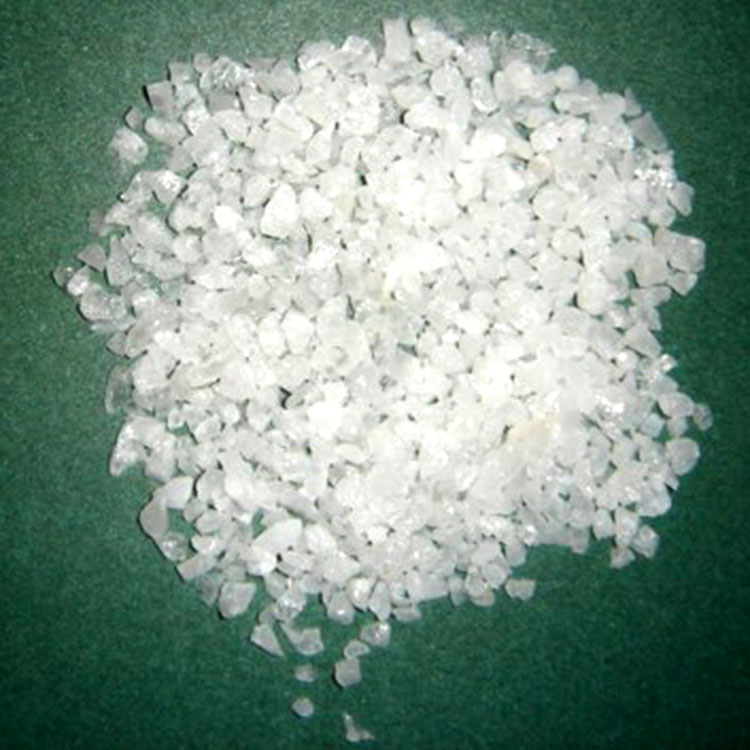
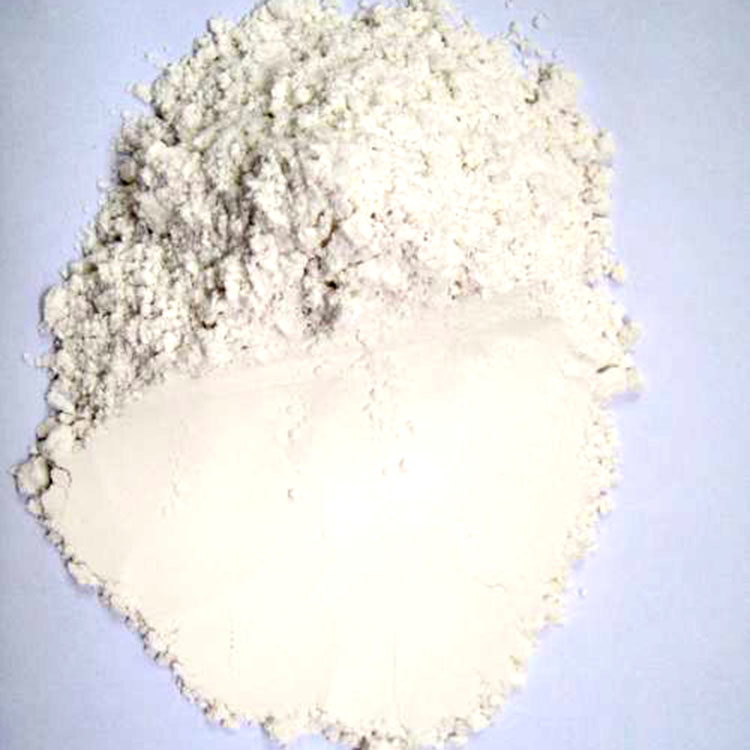
- Q: How much is refractory spraying coatings?
- Different brands and models have different prices. For example: Refractory temperature: 1580 ~ 1770 ℃ | Brand: Hengli | Product category: dedicated castable for biomass burning machine | Material: castable Price: 3000.00 refractory temperature: 1770 ~ 2000 ℃ | Brand: Great Wall | Category: unshaped refractory material | Material: corundum mullite Price: Refractory temperature: 1580 ~ 1770 ℃ | Brand: Guanghuayaoye | Product category: refractory material| Material: high alumina Price: 2500.00 The above prices obtained from the Internet are for reference only, and please pay attention to the purchasing price.
- Q: What are the electrical fire protection materials?
- Electrical fire protection materials are the following: 1, fire proof board It is the most commonly used materials in the market, which has the advantages of fire prevention, moisture, abrasion, oil, easiness to clean, and more varieties of colors. Installed in the building exit corridors, stairs and corridors, such as fire ceiling ceiling, it can ensure that people can be evacuated safely, and to protect people from the spread of the fire. 2, fire proof door, fire proof door is divided into wooden fire door, steel fire door and stainless steel fire door. Fire proof doors are usually used for the opening of the firewall, the entrance of the staircase, the evacuation of the aisle, the openings and other parts of the pipeline, the fire prevention, playing an important role in reducing the loss of fire. 3, fire shutter It can be set in the location where it is not convient to install a fire proof wall, fire shutter generally has functions such as good fire resistance, heat insulation, smoke, compression, anti aging, wear and corrosion. 4, fireproof and mothproof wood fire wood moth is made by putting ordinary wood into the solution containing calcium and aluminum, and then into the solution containing phosphate and silicate. In this way, two ion will be undergong chemical reaction in the wood, forming materials similar to the ceramic, and filling the gap of cells and tissues, so that allowing it to have fireproof and mothproof performance.
- Q: How to divide fire rating of decorating materials ?
- level A: incombustible, B1: Flame retardant, Level B2: combustible, Level B3: Flammable.
- Q: How much is the content of boron carbide in refractory material?
- Boron carbide is used in refractory material. For example, generally we could add 0.2% of boron carbide into magnesia carbon bricks. It is suggested that 0.5% is enough, because it has strong effect in boosting melt. It is said that 0.5% would be alright since boron oxide after oxidation belongs to material of low melting point, so the amount should be limited within 0.5%-1%,
- Q: Is there vermiculite in refractory?
- In refractory field, vermiculite is usually used as fireproof thermal insulation material.
- Q: How to make use of waste refractory materials whose main elements are alumina and mullite?
- Crushing and pressing refractory bricks, or refractory parts . Such as welding positioner tracks use disposable tools.
- Q: What material is used for making refractory stone bowl?
- Stone pot is carved from high-quality natural refractory stone with a professional way. It has attractive and diverse appearance, and it is hard, heat fast, not stick food. Now it is used in many hot pot restaurants.
- Q: What is the limit of fireproof rolling shutter?
- According to the national standard 14102-2005 GB standard, the provisions of 14102-2005 GB specify that: According to provision 14102-2005 GB: If fire resistance limit of fire resisting shutter is no less than 3 hours, it is AAA fireproof rolling shutter. Therefore, the fire resistance limit of AAA grade fireproof rolling shutter should be 3 hours.
- Q: what's the materials of fireproof?housing?
- I'm very glad to answer for you. 1. Mobile homes in high-rise buildings, as for the interior hidden artifacts of single and multi-layer mobile homes, when its fire endurance is ruled above 1.5 h, you should choose the non-swelling large activity fire?retardant?coating; 2.as for Indoor mobile house, light roof mobile house and mobile house need to be decorated, when its fireproof limit is ruled under 1.5 h, you can choose swelling mobile house fire?retardant?coating; 3. The fire endurance of mobile houses need to be above 1.5 h, outdoor mobile houses project shoule better not choose swelling fire?retardant?coating. 4. Indoor mobile houses extremly need to be decorated, hot standby is a living place of mobile houses, bearing steel structure of equipment, bracket, the part easy to be knocked like skirt, its fire endurance needs to be above 1.5 h, you better choose fireproof?panel of mobile houses. 5. Open mobile houses, you should choose fire?retardant?coating of mobile houses suitable for outdoor, and use the coating with over one-year outdoor mobile houses project operation and the coating function without significant changes. 6. multiple layer coating should be matched with each other, the bottom layer coating should be able to be used with rust-proof paint together or have rust-proof function. 7, while choosing the fire?retardant?coating for special function, it should have over one-year project operation and verification case and matched fire-proof function.
Send your message to us
Raw Materials for Refractory:Fused Silica 0-1mm
- Loading Port:
- China Main Port
- Payment Terms:
- TT OR LC
- Min Order Qty:
- -
- Supply Capability:
- -
OKorder Service Pledge
OKorder Financial Service
Similar products
Hot products
Hot Searches
Related keywords
